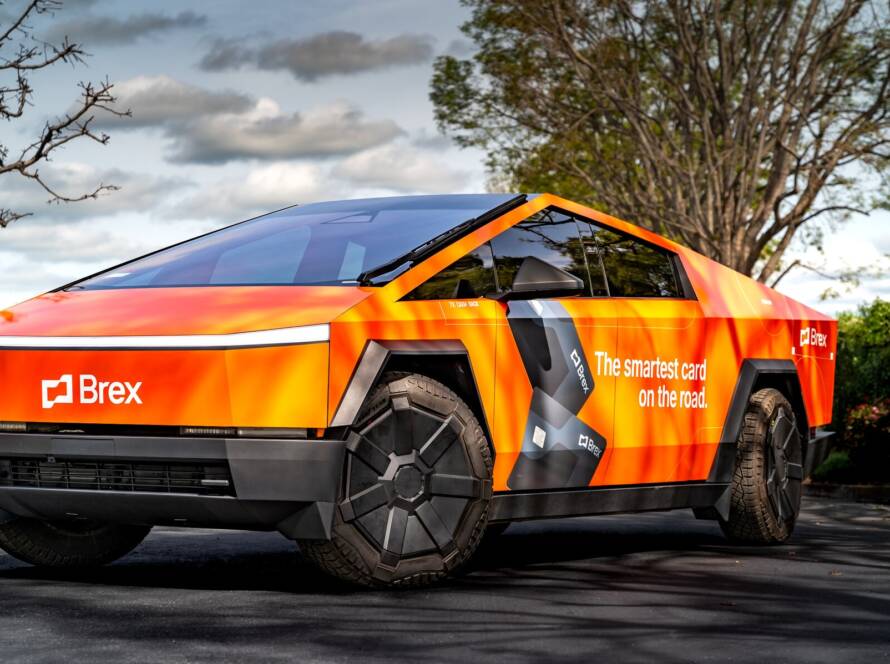

When considering a vehicle wrap, understanding the associated costs is crucial for budgeting effectively. Factors such as the size of the vehicle, the complexity of the design, and the materials used can significantly influence the final price. It's important to get a detailed quote from your wrap provider to ensure there are no hidden fees.
For instance, a full wrap for a standard car may range from $2,500 to $5,000, while larger vehicles like vans or trucks can cost upwards of $7,000. Additionally, premium materials, such as vinyl with special finishes, can increase the overall expense. Investing in a high-quality wrap can lead to better durability and a longer lifespan, ultimately providing better value for your money.
Selecting the right design for your vehicle wrap is essential to effectively communicate your brand message. A well-designed wrap should reflect your business identity and appeal to your target audience. Consider elements such as color schemes, graphics, and typography that align with your brand image.
For example, a bold and vibrant design may work well for a youth-oriented brand, while a sleek, minimalist approach might suit a luxury service. Collaborating with a professional designer can help ensure that your vehicle wrap not only looks great but also resonates with potential customers on the road.
Vehicle wrapping can contribute to environmental sustainability in various ways. Firstly, wraps can protect the original paint of the vehicle, reducing the need for repainting and the associated environmental impact. This preservation can extend the vehicle's lifespan and reduce waste.
Moreover, many modern wraps are made from eco-friendly materials that are recyclable. By choosing a vehicle wrap instead of traditional paint, businesses can demonstrate their commitment to sustainability, appealing to environmentally conscious consumers while also reducing their carbon footprint.
As the vehicle wrap industry evolves, staying updated with the latest design trends is vital for maintaining a competitive edge. In 2025, we are seeing a shift towards more personalized and interactive designs that engage viewers and enhance brand storytelling.
Trends such as augmented reality elements, bold typography, and intricate patterns are gaining popularity. Additionally, brands are increasingly opting for wraps that incorporate sustainable materials and eco-friendly inks, reflecting a growing awareness of environmental issues. Embracing these trends can help businesses create impactful wraps that not only attract attention but also convey their values.